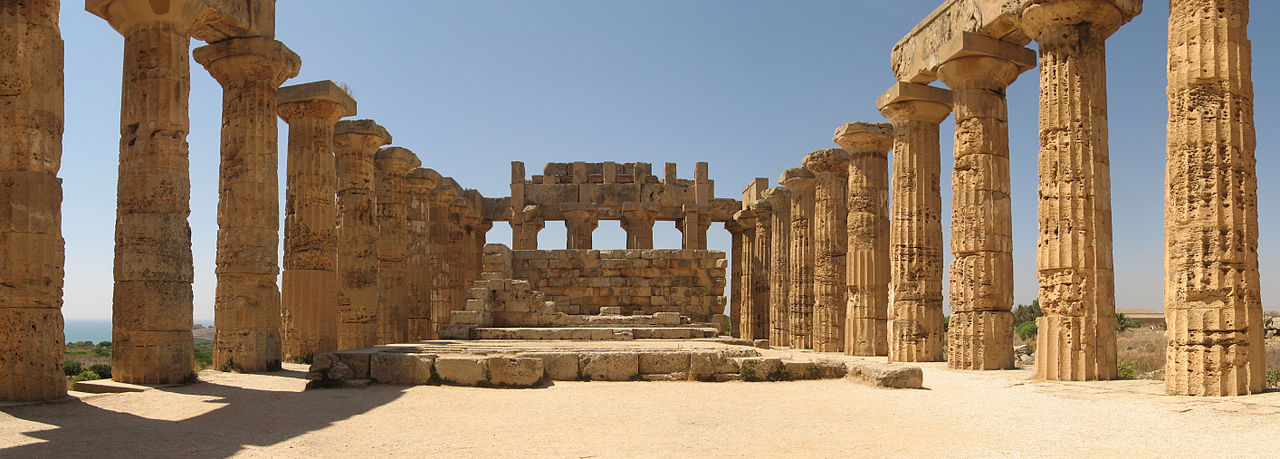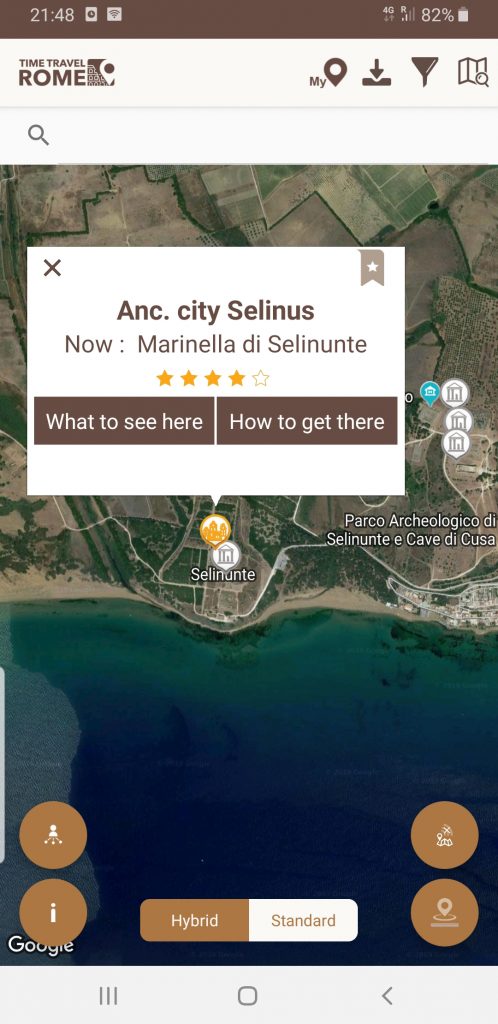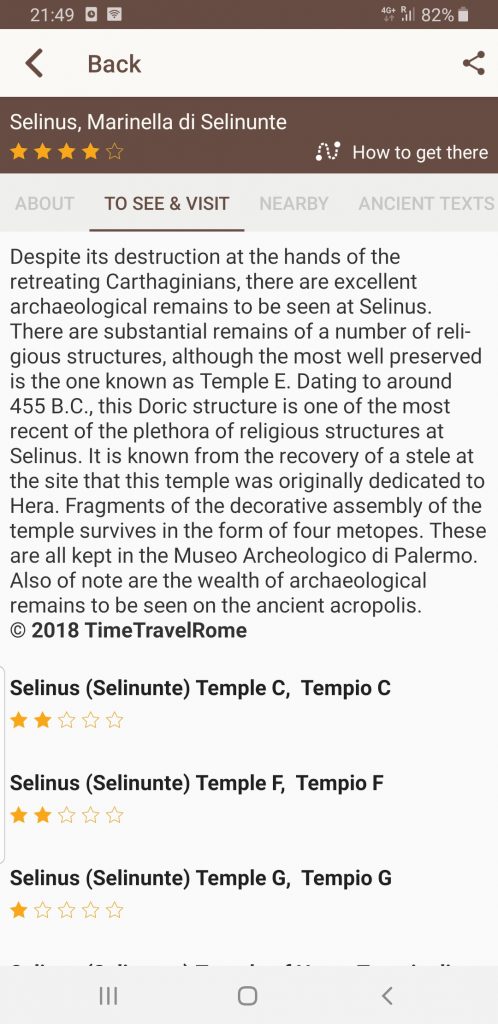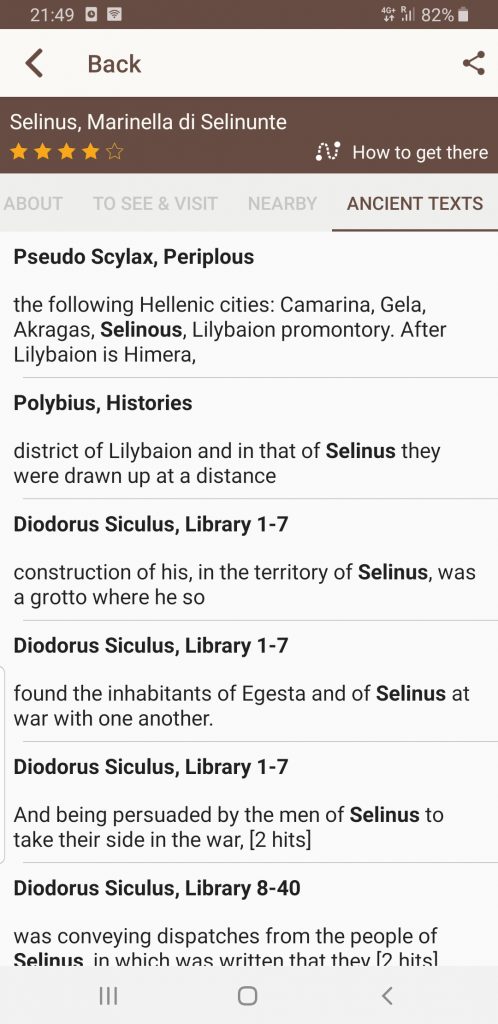A great pillared temple dominates the skyline of Selinus today, while other city buildings are in ruins around it. Yet the building foundations are many and widespread, as modern buildings have never encroached on the site. The city of Selinus was abandoned after its destruction at the hands of the Carthaginians, during the Second Punic War with Rome.
Colonists from Megara in Greece founded the city sometime in the middle of the 7th century B.C., and it was the westernmost Greek colony in Sicily. They soon came into conflict with the neighboring city of Segesta, inhabited by local Sicilians. Over the next several decades, Selinus was frequently at war with Segesta. Yet by the early 5th century B.C., Selinus was prospering.
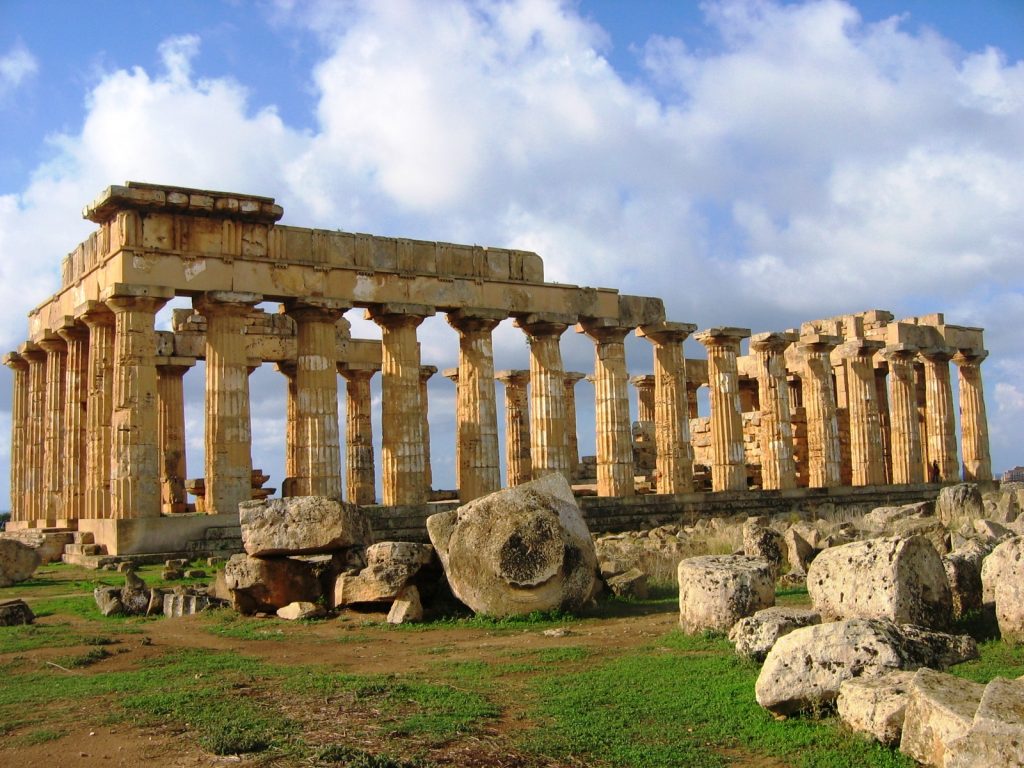
Carthage Invades Sicily
In 480 B.C., at the same time that the Persians were moving on Greece in the famous invasion that would end at Thermopylae and Salamis, the Carthaginians were moving against Sicily. Diodorus claims that this was a pre-made agreement between Persia and Carthage. They intended to fully dominate the Greeks in a joint effort. The general Hamilcar led 300,000 men over the Mediterranean to Sicily, and began conquering its cities. Interestingly enough, despite being a Greek colony, Selinus supported Carthage. They sent a message to Hamilcar informing him that their cavalry would arrive the next day.
However, unfortunately for Hamilcar, Gelon, ruler of Gela and Syracuse, who had brought 55,000 men against Carthage, intercepted the letter. Gelon cleverly sent his own cavalry into Hamilcar’s camp at sunrise, posing as the horsemen from Selinus. The Carthaginians welcomed them as friends, and they rode easily into the camp, killed Hamilcar, and set fire to the Carthaginian ships. They signaled Gelon, who marched his infantry into to join in battle. Leaderless and panicked, the soldiers of Carthage were easy prey. When the men from Selinus arrived, Carthage had already lost the battle, and failed in its bid to conquer Sicily.

The Siege of Silenus
Carthage eventually dropped its alliance with Selinus, and supported the city’s old rivals in Segesta. In the spring of 409 A.D., Carthage sent an army of at least 100,000 men to Sicily under the command of Hannibal Mago. The Selinuntians were dismayed by the overwhelming force, but resolved to fight to the end, and hoped for rescue from their allies. The entire population of Selinus contributed to its defense. Every young man in the city took up arms. The old men organized supplies, bringing weapons and ammunition, and encouragement to the men on the walls. The women and girls worked the mills and brought food to the defenders. Yet, the walls were weak. Selinus had not been often under threat, and as a result had not kept them in peak condition. Hannibal’s siege engines knocked down a substantial section within the first day.
The defenders expelled the initial attack through the bottleneck of the fallen wall, but the next day fell back under the onslaught. The fighting moved into the city, and was far from over. The Selinuntians fought fiercely, for they were fighting for their lives. Both sides took heavy casualties, but Carthage could supply constant fresh troops, while the defenders of Selinus grew exhausted. Still, the battle raged for nine days. The men of Selinus built barricades, and the women threw stones and tiles from the rooftops. Eventually, they began to falter, and the Carthaginians pushed past the barricades. Some Selinuntians gathered in the marketplace, where they died fighting. Others defended individual houses to the end. The frustrated Carthaginians set fire to the homes, and slaughtered all those that ran out, mutilating their bodies. They only spared the women and children who had taken refuge in the temples.
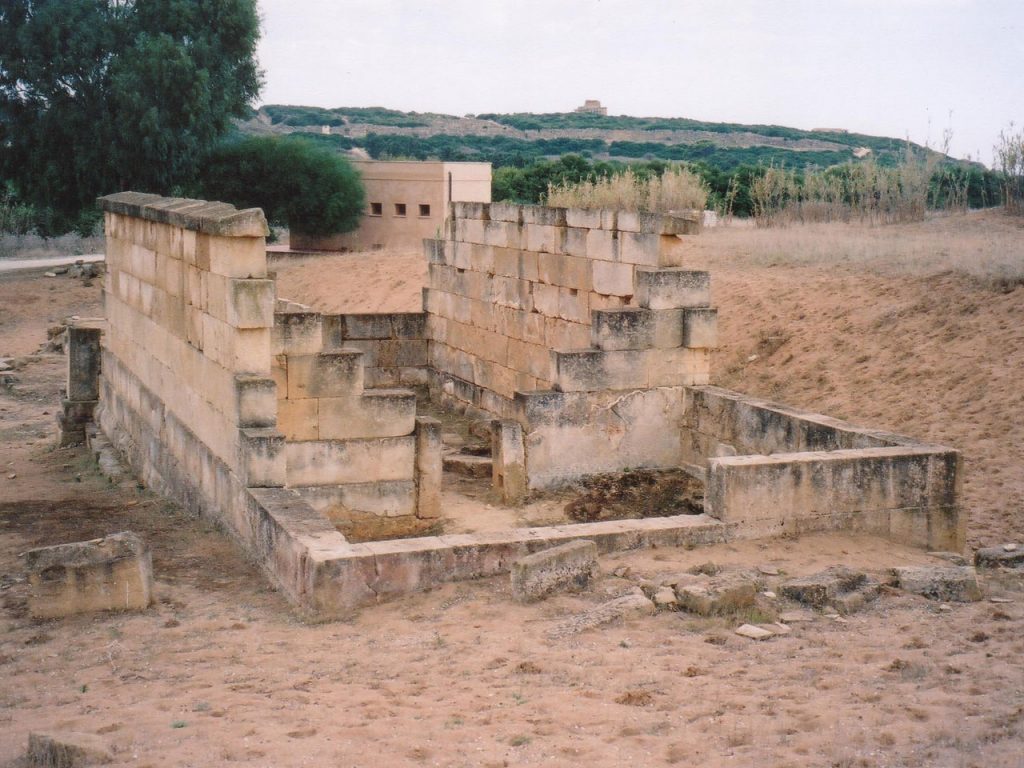
Hekatombion by Alun Salt – Flickr licensed under CC BY-SA 2.0
Final Destruction
“By nightfall the city had been sacked, and of the dwellings some had been burned and others razed to the ground, while the whole area was filled with blood and corpses. Sixteen thousand was the sum of the inhabitants who were found to have fallen, not counting the more than five thousand who had been taken captive.”
Hannibal destroyed the walls of Selinus, and left it abandoned, and yet it was not the final end of the city. A man named Hermocrates, exiled from Syracuse, rebuilt the walls and invited any surviving Selinuntians to return home. Using Silenus as a base, he fought the local Sicilians and the Carthaginians. He received much praise from the Greek colonies on the island, but eventually returned to Syracuse. The city worked to rebuild, and was successfully re-established. From the early 4th century B.C. it was a tributary and subject of Carthage.
During the Second Punic War, Rome was more directly involved in Sicily. The hapless city of Selinus found itself at the center of military operations between Rome and Carthage. As Rome began to gain ground, Carthage resolved to defend as few cities as possible to concentrate their forces. They subsequently moved all the inhabitants of Selinus to Lilybaeum, and razed Selinus to the ground. The Selinuntians’ troubles were far from over, as the Romans proceeded to lay siege to Lilybaeum for the next ten years. Selinus was never rebuilt, though the Romans remembered its location. Both Pliny the Elder and Strabo mentioned the city. Strabo counted it among a list of extinct cities.
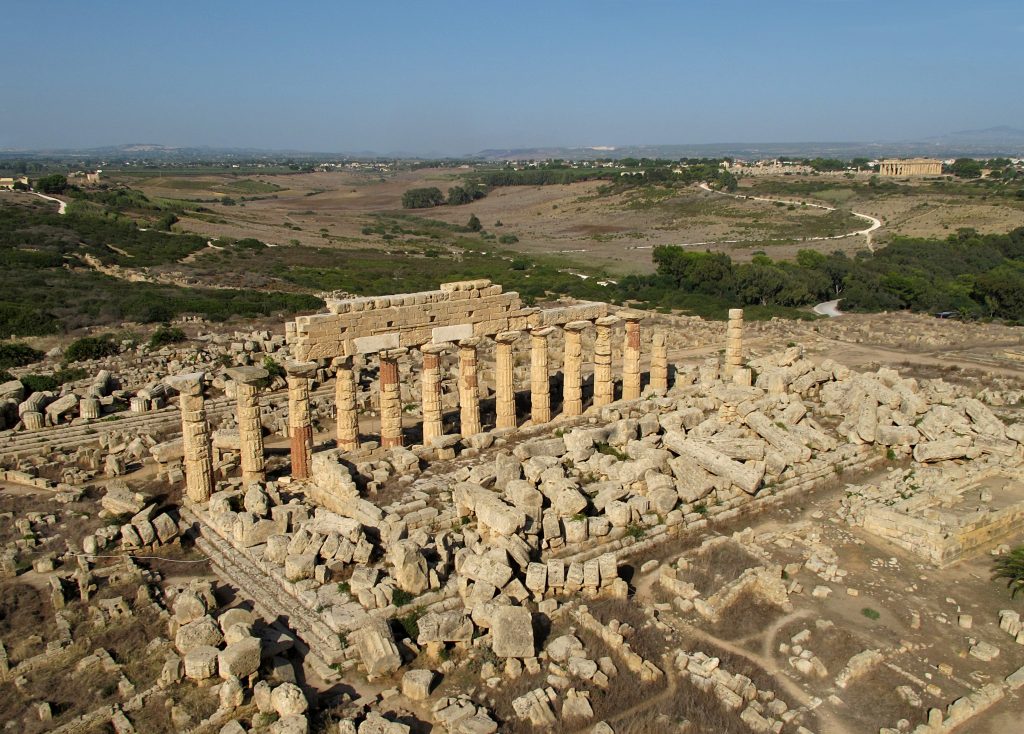
Temple C by Jorre licensed under CC BY 3.0
What to See Here:
Despite its destruction at the hands of the Carthaginians, there are excellent archaeological remains at Selinus. There are substantial remains of a number of religious structures. The best preserved is the one known as Temple E. Dating to around 455 B.C., this Doric structure is one of the most recent of the plethora of religious structures at Selinus. A stele recovered at the site indicated that this temple was originally dedicated to Hera. Fragments of the decorative assembly of the temple survive in the form of four metopes. These are all kept in the Museo Archeologico di Palermo. Also of note is the wealth of archaeological remains on the ancient acropolis.
Selinus on Timetravelrome app:
To find out more: Timetravelrome.
Author: written for Timetravelrome by Marian Vermeulen.
Sources: Diodorus, Library of History; Strabo, Geography; Pliny the Elder, Natural History; Pausanias, Description of Greece.
Header photo: Selinunte Panoramic View, by Rattiane, picture is in public domain.
